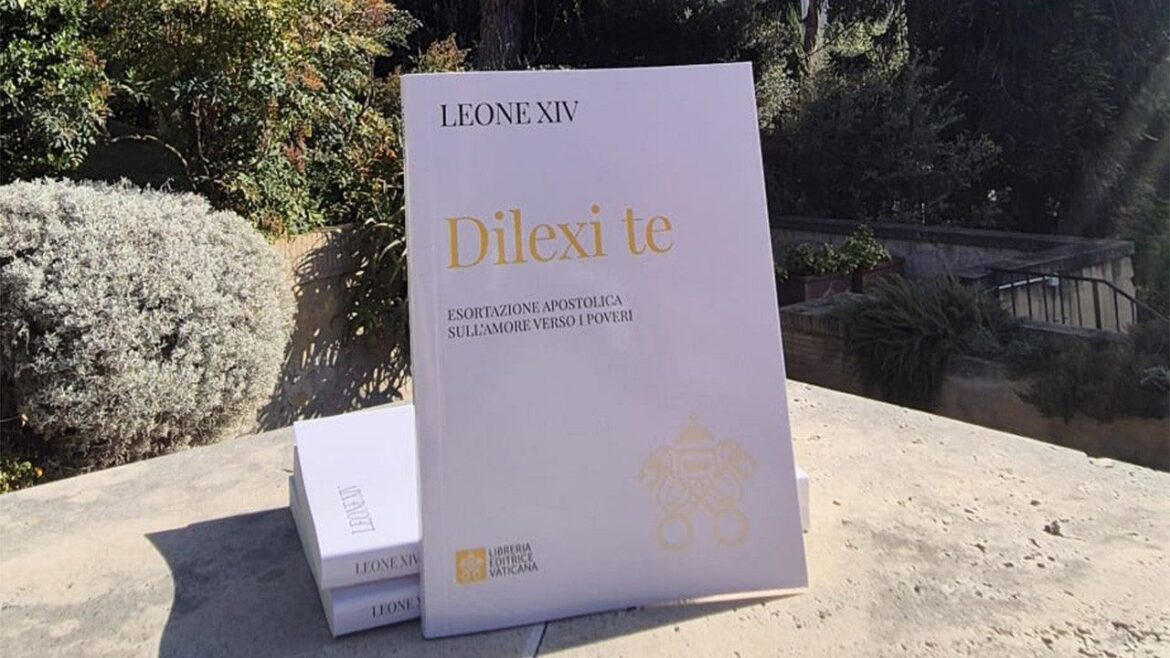
Cardinal Cupich, Archbishop of Chicago, reflects for Vatican News on Pope Leo XIV’s first Apostolic Exhortation. In his meditation he recalls the words of Saint John XXIII before opening the Second Vatican Council: the Church must be the Church of all and “particularly the Church of the poor.”
By Cardinal Blase Cupich, Archbishop of Chicago
Of the many insights gained from reading Dilexi Te (DT), I was particularly struck by Pope Leo’s observation that “The Second Vatican Council represented a milestone in the Church’s understanding of the poor in God’s saving plan,” and that this milestone shaped the entire direction of the Council and its reforms.
He notes that while the theme of the poor was only marginally alluded to in the preparatory documents, Saint Pope John XXIII called attention to it in a radio address a month before the opening of the Council, stating “the Church presents herself as she is and as she wishes to be: the Church of all and in particular the Church of the poor.”
These comments, according to Pope Leo, spurred theologians and experts to give the Council a new direction, which Cardinal Lercaro, the Archbishop of Bologna summed up in his intervention of December 6, 1962. He stated: “The mystery of Christ in the Church has always been and today is, in a particular way, the mystery of Christ in the poor….this is not simply one theme among others, but in some sense the only theme of the Council as a whole. ”
Lecaro later commented that in preparing his intervention he came to see the Council differently: “This is the hour of the poor, of the millions of the poor throughout the world,” he wrote. “This is the hour of the mystery of the Church as mother of the poor. This is the hour of the mystery of Christ, present especially in the poor.”
It is in this context that DT offers a particularly revealing comment that provides us with a fresh understanding of the Council Father’s reform of the liturgy. “There was a growing sense of the need for a new image of Church, one simpler and more sober, embracing the entire people of God and its presence in history. A Church more closely resembling her Lord than worldly powers and working to foster a concrete commitment on the part of all humanity to solving the immense problem of poverty in the world.”
In other words, the noble simplicity that Sacrosanctum Concilium pursued in calling for the restoration of the liturgy was not just some antiquarianism or simplicity for simplicity’s sake. Rather, it was in tune with this “growing sense of the need for a new image of the Church, one simpler and more sober…” The liturgical reform aimed at allowing God’s activity for us in the liturgy, particularly the Eucharist, to shine forth more clearly. The renewal of our worship was pursued in keeping with the Council Fathers’ desire to present to the world a church defined not by the trappings of world power but marked by sobriety and simplicity, enabling it to speak the people of this age in a way that more closely resembles the Lord and allowing it to take up in a fresh way the mission of proclaiming good news to the poor.
The liturgical reform benefited from scholarly research into liturgical resources, identifying those adaptations, introduced over time, which incorporated elements from imperial and royal courts. That research made clear that many of these adaptations had transformed the liturgy’s aesthetics and meaning, making the liturgy more of a spectacle rather than the active participation of all the baptized for them to be formed to join in the saving action of Christ crucified. By purifying the liturgy of these adaptations, the aim was to enable the liturgy to sustain the Church’s renewed sense of herself, which St. Pope Paul VI noted in his address for the opening of the Council’s second session was in keeping with his predecessor’s inspiration in calling the Council, “to open new horizons for the Church and to channel over the earth the new and yet untapped spring waters of Christ our Lord’s doctrine and grace.”
It was also designed to empower the Eucharist to once again, as St. Pope John Paull II stated in his Apostolic Letter, Mane Nobiscum Domine, to be “a project of solidarity with all of humanity”, making those who participate in it “a promotor of communion, peace and solidarity in every situation. More than ever,” he continued, “our world (troubled)…with the spectre of terrorism and the tragedy of war, demands that Christians learn to experience the Eucharist as a great school of peace, forming men and women who, at various levels of responsibility in social, cultural and political life, can become promotors of dialogue and communion.” The saintly pope concluded in a way that foreshadows the teaching of Pope Leo by noting that it will be “by our mutual love and, in particular, by our concern for those in need (that) we will be recognized as true followers of Christ (cf. Jn 13:35; Mt 25:31-46). This will be the criterion by which the authenticity of our Eucharistic celebrations is judged.”
With the recovery of the ancient sobriety of the Roman Rite the Eucharist is once again the locus of genuine peace and solidarity with the poor in a fractured world.

